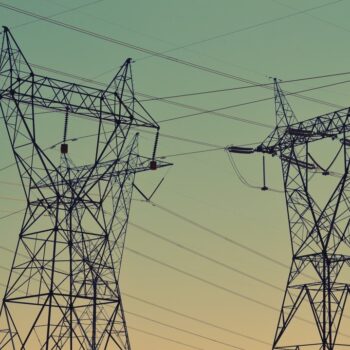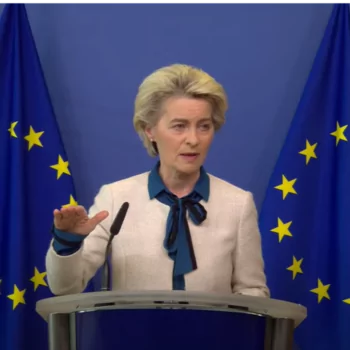The European Commission’s recommendation for a 2040 climate target has sparked debates over its implications for the continent’s energy and industry sectors. This blog takes a deeper dive into the supporting impact assessment, highlighting six insights and areas of concern from the perspective of energy and industry.
Insight 1: The drivers of decarbonisation are changing
- Although power generation decarbonisation will continue to be a crucial objective throughout this decade, industry and transport will become main drivers of decarbonisation in the 2030s.
- Technological innovation and growing business interest are rapidly expanding the realm of what is considered possible in these sectors.
- The coming years will be critical for refining the policy framework to facilitate the delivery of 2040 goals in these sectors and reap the benefits of decarbonisation.
Insight 2: Decarbonisation brings clear benefits
- The “energy efficiency first” principle remains central. The communication expects a significant contribution of energy efficiency to achieve decarbonisation, resulting in a 30% decrease in available energy between 2021 and 2040.
- Beyond this, the communication underscores the link between decarbonisation, competitiveness, and the overall resilience of the economy. It also highlights that decarbonising the economy will enhance the EU’s security and strategic autonomy. This indicates the emergence of a new understanding of energy security, focusing on demand reduction and reducing overdependencies.
Insight 3: Course correction on hydrogen, but uncertainties remain
- In the power sector, the communication indicates a clear direction: a significant reduction in fossil-fired generation, to 12% of total electricity generation by 2030 and 3% by 2040. This will predominantly be replaced by gas-fired power plants with CCS post-2040.
- The analysis clarifies that hydrogen will only play a marginal role in building decarbonisation, but uncertainty remains on what type of hydrogen (renewable or low carbon) will be used, and what the main centres of demand will be by 2040.
- Biomethane is expected to play a significant role, but projections do not distinguish between fossil gas and biogas. Clarity regarding the phase-out rates of fossil gas and the scaling strategies for biomethane is crucial to guide future energy investments and infrastructure development.
- Considering the building sector’s projected decarbonisation by 2040, it is equally imperative to understand the implications for gas transmission and distribution networks which could become obsolete due to the absence of residential gas demand.
Insight 4: Increased reliance on carbon capture comes with risks
- Carbon capture technologies are treated as a ‘stopgap solution’ to tackle emissions not addressed through other means. As a result, the course correction on hydrogen has led to a larger role for carbon capture compared to previous pathways, including in the power sector.
- This puts pressure on carbon capture to (finally) deliver and highlights the importance of establishing EU and Member State-level carbon management policy frameworks.
- However, policymakers should be cautious to not fall in the “hydrogen trap”, i.e. excessively counting on a solution that comes with uncertain costs and has not yet proven its (technical, political and societal) viability at scale.
- To avoid overreliance, carbon capture efforts should focus where few alternatives exist, while prioritising proven solutions including renewables, efficiency improvements, direct electrification and circular economy options where possible.
Insight 5: Circularity and demand-side action remain underexploited
- The impact assessment indicates that fully leveraging circularity and demand-side action could significantly reduce needed investments, material inputs, primary goods and commodities, and energy system costs.
- Due to deindustrialisation fears and competitiveness concerns, the Commission seems to hesitate to explore these scenarios in its communication.
- This somewhat presents a false dilemma, as these scenarios do not have negative implications on GDP growth or employment levels. In contrast, embracing these solutions could present an exciting economic opportunity and spur new business models ideal for a resource- and energy-poor continent like Europe.
Insight 6: Distributional questions will make or break the 2040 climate target
- The lack of transparency regarding the interplay of energy with other sectors raises critical questions about cost distribution across society. The distributional question lies at the heart of 2040 politics.
- One case in point is getting the business case right to cover the so-called “green (cost) premium” for industry. Decisions on whether responsibility lies at the Member State level or adopts more common EU approaches; and how burden-sharing occurs between producers and consumers carry significant implications.



